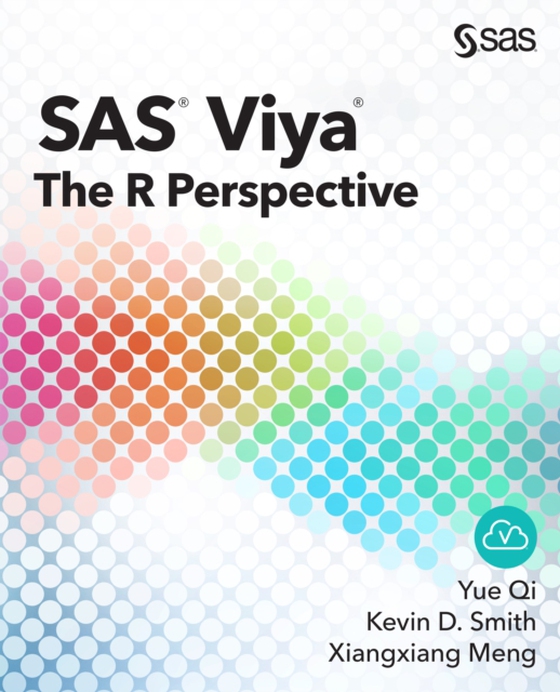
SAS Viya e-bog
181,00 DKK
(inkl. moms 226,25 DKK)
Learn how to access analytics from SAS Cloud Analytic Services (CAS) using R and the SAS Viya platform.SAS Viya : The R Perspective is a general-purpose introduction to using R with the SAS Viya platform. SAS Viya is a high-performance, fault-tolerant analytics architecture that can be deployed on both public and private cloud infrastructures. This book introduces an entirely new way of usi...
E-bog
181,00 DKK
Forlag
SAS Institute
Udgivet
20 juli 2018
Længde
196 sider
Genrer
Enterprise software
Sprog
English
Format
pdf
Beskyttelse
LCP
ISBN
9781635267037
Learn how to access analytics from SAS Cloud Analytic Services (CAS) using R and the SAS Viya platform.SAS Viya : The R Perspective is a general-purpose introduction to using R with the SAS Viya platform. SAS Viya is a high-performance, fault-tolerant analytics architecture that can be deployed on both public and private cloud infrastructures. This book introduces an entirely new way of using SAS statistics from R, taking users step-by-step from installation and fundamentals to data exploration and modeling.SAS Viya is made up of multiple components. The central piece of this ecosystem is SAS Cloud Analytic Services (CAS). CAS is the cloud-based server that all clients communicate with to run analytical methods. While SAS Viya can be used by various SAS applications, it also enables you to access analytic methods from SAS, R, Python, Lua, and Java, as well as through a REST interface using HTTP or HTTPS. The R client is used to drive the CAS component directly using commands and actions that are familiar to R programmers. Key features of this book include:Connecting to CAS from RLoading, managing, and exploring CAS Data from RExecuting CAS actions and processing the resultsHandling CAS action errorsModeling continuous and categorical dataThis book is intended for R users who want to access SAS analytics as well as SAS users who are interested in trying R. Familiarity with R would be helpful before using this book although knowledge of CAS is not required. However, you will need to have a CAS server set up and running to execute the examples in this book.
 Dansk
Dansk

